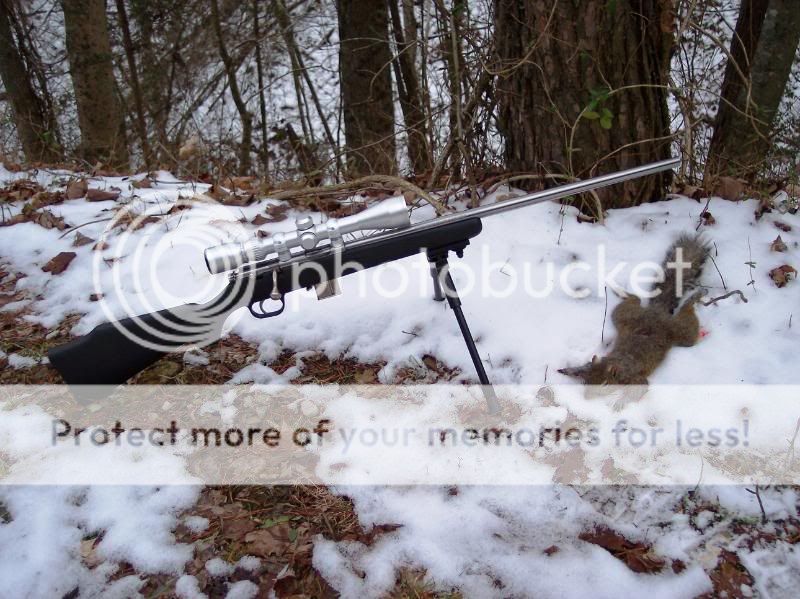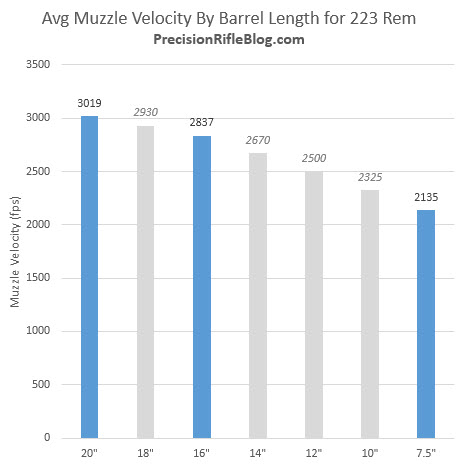

Gradually, long rifles became more popular due to their longer effective range. Initially, the long firearm of choice on the frontier was the smooth bore musket, or trade gun, built in factories in England and France and shipped to the colonies for purchase. Long rifles could be made entirely by hand and hand-operated tooling, in a frontier setting. Strong pockets of long rifle use and manufacture continued in the Appalachian Mountains of Virginia, Tennessee, Kentucky, Ohio and North Carolina well into the 20th century as a practical and efficient firearm for those rural segments of the nation. Tax records from these locales indicate the dates these gunsmiths were in business. The long rifle was the product of German gunsmiths who immigrated to new settlements in southeastern Pennsylvania in the early 1700s, and later in Virginia and other territories, reproducing early Jäger (anglicized Jaeger) rifles used for hunting in Germany in the 17th and early 18th century. It continued to be developed technically and artistically until it passed out of fashion in the 19th century. The long rifle was developed on the American frontier in southeastern Pennsylvania, in the early 1700s. Light in weight graceful in line economical in consumption of powder and lead fatally precise distinctly American it sprang into immediate popularity and for a hundred years was a model often slightly varied but never radically changed.

The accuracy achieved by the long rifle made it an ideal tool for hunting wildlife for food.įrom a flat bar of soft iron, hand forged into a gun barrel laboriously bored and rifled with crude tools fitted with a stock hewn from a maple tree in the neighboring forest and supplied with a lock hammered to shape on the anvil an unknown smith, in a shop long since silent, fashioned a rifle which changed the whole course of world history made possible the settlement of a continent and ultimately freed our country of foreign domination.

The long rifle was made popular by German gunsmiths who immigrated to America, bringing with them the technology of rifling from where it originated. The invention of the Minié ball in 1847 resolved the technical disadvantages and allowed the rifle to replace the musket. The main disadvantages of muzzle-loading rifles compared to muskets were higher cost, a slower reload time due to the use of a tighter-fitting lead ball, and greater susceptibility to fouling of the bore after prolonged use, which would ultimately prevent loading and make the weapon useless until cleaned. Rifled firearms were first used in major combat in the American colonies in the eighteenth century during the French and Indian War, and later the American Revolution, with increasing use in the War of 1812, Texan Revolution, and American Civil War.

This increased the stability of its trajectory and dramatically improved accuracy over contemporary smooth-bore muskets, which were cheaper and more common. The long rifle is an early example of a firearm using rifling (spiral grooves in the bore), which caused the projectile, commonly a round lead ball in the early firearm, to spin around the axis of its motion. The American rifle was characterized by a very long barrel of relatively small caliber, uncommon in European rifles of the period. It was one of the first commonly-used rifles. The long rifle, also known as the longrifle, Kentucky rifle, Pennsylvania rifle, or American longrifle, is a muzzle-loading firearm used for hunting and warfare. Variable, 100 yards typical, to well over 200 yards by an experienced user User dependent, Usually 2+ rounds a minute 48 cal was most commonįlintlock/ percussion lock (predominant after 1850)


 0 kommentar(er)
0 kommentar(er)
